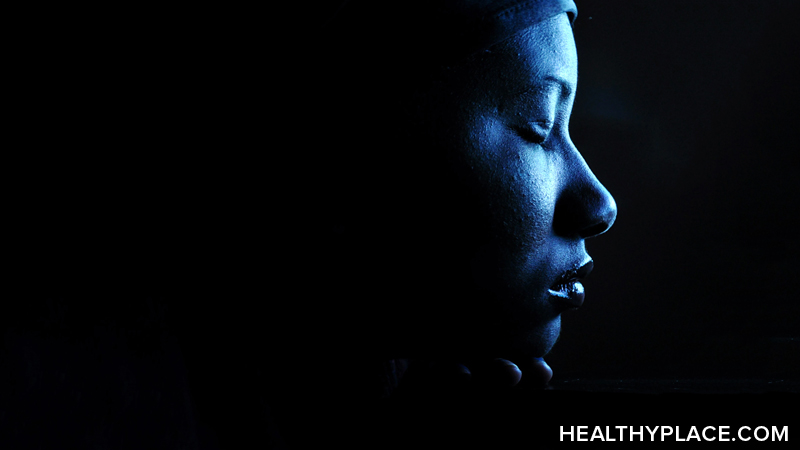6 Tips for Using Visualization to Live an Anxiety-Free Life

Harnessing the power of visualization can help you live an anxiety-free life. The previous post explored how visualization works (Life Without Anxiety? Picture It with Visualization). Visualization speaks to the brain on a deep level. Images and other imagined sensory input cause brain chemistry and neurological activity to react as if the imagined experiences were real. Further, the brain holds onto them for lasting change. While there are not strict rules, there are techniques that increase the effectiveness of visualization for creating and living an anxiety-free life. The following six tips can help you create a visualization practice for reducing anxiety.
Your Brain Is Good at Visualization for Anxiety
Your brain is already a master at visualization and anxiety. It can visualize--and create--a plethora of fears, worries, thoughts, and negative beliefs.
This means, of course, that your brain can also visualize--and create--a life and a self without anxiety. Let the below tips help you visualize and live your anxiety-free life.
How to Visualize an Anxiety-Free Life: 6 Tips
Visualization to create an anxiety-free life is most effective when you do it intentionally ("Visualize and See the Life You Want"). Try these tips for maximum impact:
- Picture your goal completely. What will your life be like when your anxiety is gone? How will you feel? What will you be able to do? Where will you go? Who will be in your life? Be as detailed as you can and assume your anxiety is already gone as you imagine.
- Identify the steps you need to take to create this new life. Picture yourself taking those steps. Keep them small and build on them as you repeat this exercise.
- Include actions and emotions. Your brain responds strongly to things you do and the way you feel. Be sure to visualize both actions and emotions.
- Use mindfulness. Despite its name, visualization isn't limited to pictures. To be most effective, a visualization practice involves all of the senses. What do you see on a typical day in your anxiety-free life? What sounds do you hear? What will you smell in a given moment? What do you feel with your hands and on your skin? What about taste? What foods will you eat, and what will their taste and texture be like? The more deeply you immerse yourself in your world, the better your brain will remember and create it.
- Be committed and disciplined. The brain is trained with repetition, so the more you practice visualization, the better it works. Engage in a visualization exercise every day. If it works, do this multiple times per day. Devote at least five minutes to the process, and if you can do more, that's extra brain training.
- Relax. Your brain is more receptive when you're relaxed. You don't have to force anything. Actively picture yourself living without anxiety, but don't chastise yourself when your mind wanders. When you notice it, gently bring it back to the imagery. Deep breathing will help you relax and return to relaxation as needed.
Your brain uses its own imagination to create anxious thoughts, feelings, and actions. However, this brain is yours, and you can use it to override how it's operating. The six tips you just read can help you direct your brain away from anxiety and visualize your anxiety-free life.
APA Reference
Peterson, T.
(2019, February 21). 6 Tips for Using Visualization to Live an Anxiety-Free Life, HealthyPlace. Retrieved
on 2025, December 3 from https://www.healthyplace.com/blogs/anxiety-schmanxiety/2019/2/6-tips-for-using-visualization-to-live-an-anxiety-free-life
Author: Tanya J. Peterson, MS, NCC, DAIS
I love this concept! The anxious mind is actually wonderfully wired for visualization. As you point out it has not trouble creating fears, worries etc. I love this powerful shift. I think it's so important that you mention including actions AND emotions. This is a point we rarely think to include but it is so impactful.
Hi Lizanne,
I appreciate your insights on this. Thank you!